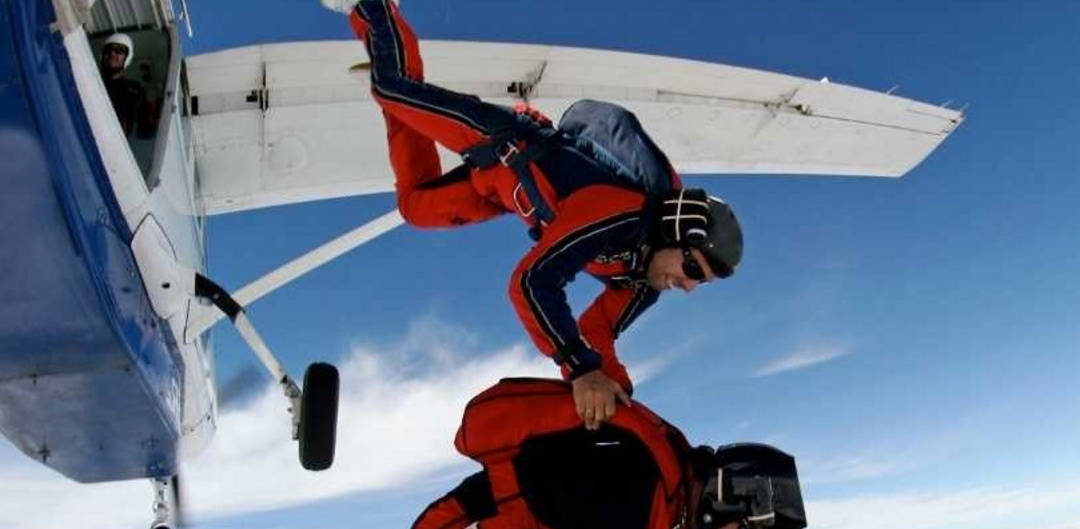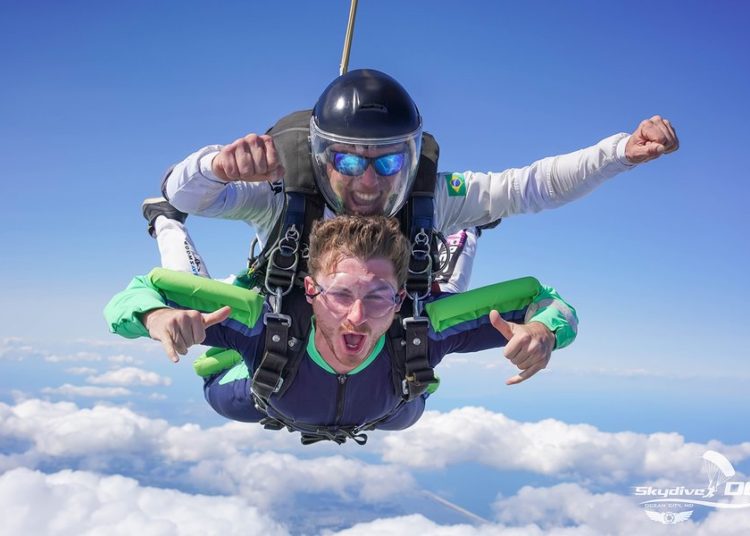Skydiving is more than a thrill ride; it’s a once-in-a-lifetime experience for many people. Your skydiving will live on in your mind as an example of a time when you pushed beyond what you thought you were capable of and overcame your concerns.

Knowing you’re capable of anything and the confidence that comes with it makes skydiving well worth the money in our opinion; similarly, a single experience transforming your entire outlook on life is a fantastic return on investment. But a Common man usually puts himself into a dilemma over the safety of Skydiving. The question must be addressed at all cost before one prepares himself/herself for such an amazing adventure.
Is It Really Safe To Skydive ?
Skydiving is not without risk, but it is far less dangerous than you may think. According to figures from the United States Parachute Association, 13 skydiving-related fatalities occurred in 2018 out of about 3.3 million jumps! Statistics demonstrate that fatality rates have decreased as technology and skydiver instruction programmes have advanced. The circumstances that led to these fatalities are not shown in the data. If you’re inexperienced with skydiving, you might believe that skydivers are killed by equipment failures, but this isn’t the case. Many of today’s fatalities are caused by the world’s most elite skydivers, who test their boundaries under small parachutes that are fun to fly but dramatically raise the risk factor. To put it another way, many of today’s fatalities are the result of pilot error while flying fully functional parachutes.

A small minority of skydivers who are relatively careless and don’t pay enough attention to basic safety skews the figures greatly. They may do this for a variety of reasons, including a desire to purposely raise their risk in an otherwise relatively safe sport. And, of course, there’s always a portion of the Darwin awards that involves healthy competition.
Also, excluding high-performance landings from the statistics would have a significant impact. If the numbers were applied just to those who followed strict safety protocols and omitted all the radical hook-turners, skydiving would appear to be no more dangerous than a sewing circle. So much so that the sport would no longer be regarded as severe in any way.
Clubs have been known to witness a remarkable rise in first jump and AFF courses quickly following a fatality, indicating that the sport suffers from its good safety record.

The Safest Way
Tandem skydiving is the safest way to jump out of a plane. According to statistics, one tandem student skydiving fatality occurs per 500,000 tandem jumps, making the chance of death.000002 percent! A person is more likely to die from a lightning strike than from a bee sting, according to the National Safety Council.
As previously stated, many of today’s skydiving fatalities are the result of experienced skydivers pushing the edge and increasing the risk. To put it another way, these skydivers are the Corvettes of parachutes. The equipment is more like driving an 18-wheeler truck in tandem skydiving — not as responsive or zippy, but considerably more docile.
Also Read : Top 10 BEAUTIFUL and best places to surf in the world, RANKED



